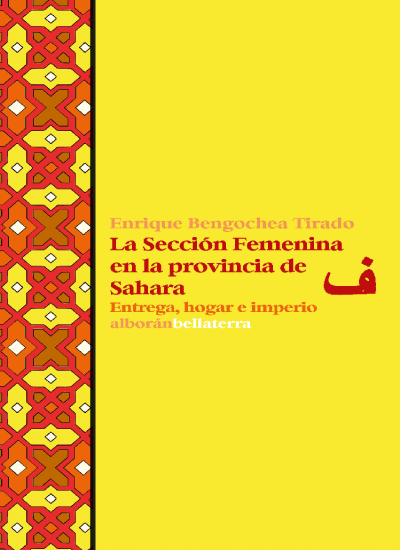In 1961, the Women’s Section of the FET and JONS began to establish itself in the Spanish colonies of Africa with the functions it had performed in the metropolis since 1939. This institution, born as the women’s wing of the Spanish Phalange, functioned under Franco’s dictatorship as a device to supervise women in the state. Thus, when in 1958 the colonies of Sahara, Ifni, Rio Muni and Fernando Poo became provinces “as Spanish as Cuenca”, their presence contributed to an image of “hispanization” of these territories.

© 2019, Alboran Bellaterra
Until then, the Sahara had received little attention from the Spanish state. The 60s saw the growth of certain urban centers, such as El Aaiún and Villa Cisneros, as well as increased investment, as witnessed by the Parador de Turismo or the phosphate mines of Fos Bucraa. Against this backdrop, the women’s organization sought to run its own agency, justifying its work by an image projected onto Saharan women, presented as dependents. A story that broke in the 1970s thanks to the massive participation of the latter in anti-colonial mobilizations. This book, based on intensive archival work, seeks to analyze the role played by the Falangist organization as an intermediary in colonial institutions. A work aimed at understanding the intersection between the categories of gender, race and A work aimed at understanding the intersection between categories of gender, race and class in the formulation of imperial imaginaries. Text available here in Spanish.
- Title : La Sección Femenina en la provincia de Sahara
- Author : Enrique Bengochea Tirado
- Editor : Alboran Bellaterra
- Date of publication : Février 2019
- Number of pages : 210
- ISBN : 9788472909465
- Price : 18,00 €
